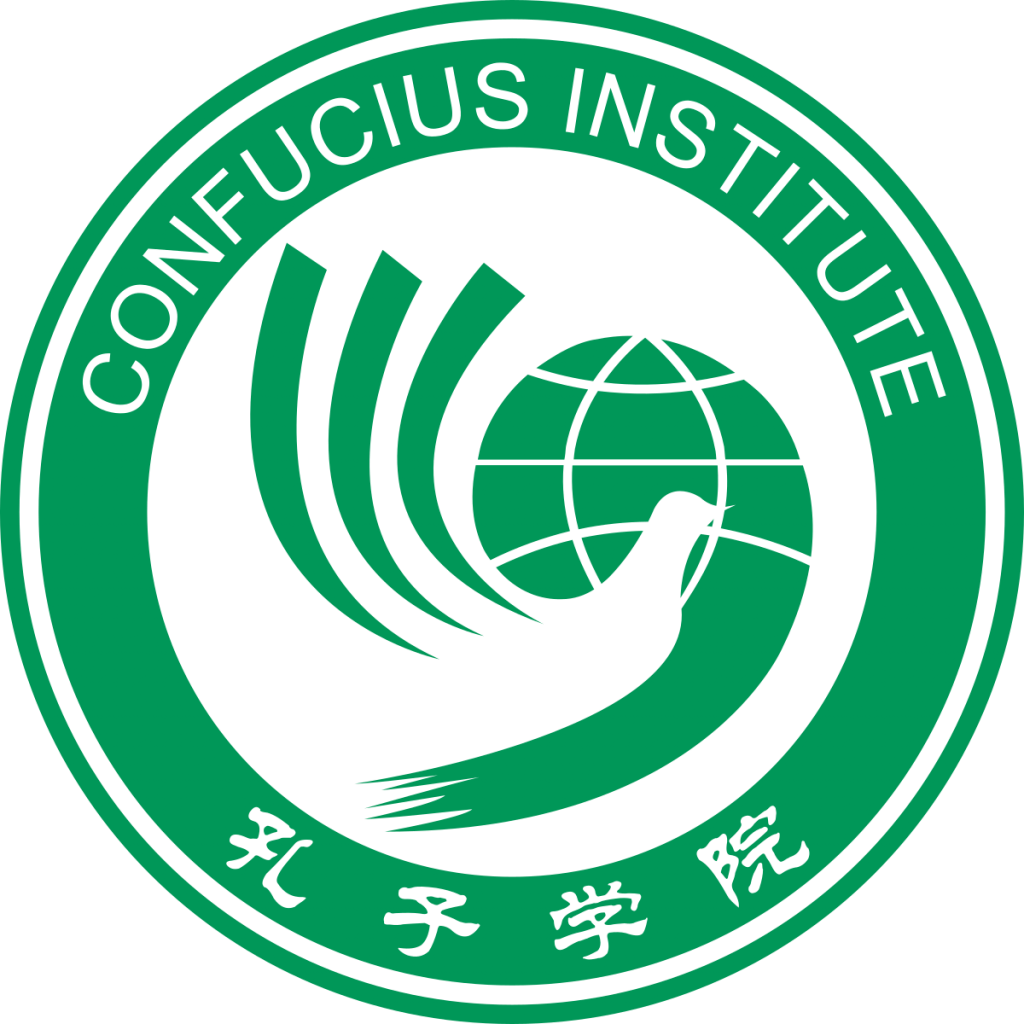The Center for European Policy Analysis (CEPA), a US think tank, recently published its #CCPinCEE project analyzing Chinese influence efforts and operations across the nations of Central and Eastern Europe (CEE). CEPA says little consistent pattern emerges at first but commonly display minimal effort and a concentration on centers of power with a punitive approach to political decision-makers who violate Chinese government taboos. According to the project’s executive summary:
-
The Chinese Communist Party (CCP) takes an opportunistic approach to Central and Eastern Europe (CEE). It targets central governments where possible and other sources of political, cultural, and economic influence where necessary.
-
The CCP minimizes its effort, not seeking to understand complex local power dynamics or economic, cultural, historical, and geographical differences.
-
This minimalist approach enjoyed moderate initial success when it offered easy money at low political costs. It is less effective now and fails more often than it succeeds.
-
Chinese influence efforts exploit existing divisions in society. Key target audiences are political and economic elites and academics.
-
The CCP seeks to exploit “gaps” that national governments or international organizations have failed to address, including in infrastructure, financial support, and pandemic-related health care (vaccines and personal protective equipment).
-
Countries outside big international organizations, such as the European Union, are more susceptible to Chinese influence.
-
The CCP finds it easier to promote a negative, anti-Western agenda rather than a positive (pro-China) agenda. Many illiberal governments in the region opportunistically use Chinese support for domestic political purposes. Some independent media and civil society investigate and decry Chinese influence.
-
The CCP tolerates its limited success rate, as its investments are low-risk and offer potential long-term rewards.
Read the rest here.
As part of the project, CEPA published 16 separate country reports for each country in Central and Eastern Europe:
- Albania: China seeks closer relations with Albania as part of the Chinese Communist Party’s mega-project to expand the reach of Beijing’s influence overseas.
- Bulgaria: Bulgaria has never been among Beijing’s foreign policy priorities, and the feeling has been mutual.
- Croatia: China’s overall presence in Croatia, particularly its malign influence, is limited compared with some other CEE countries as well as Western Balkan countries.
- Czech Republic: Beijing’s main strategic goals in the Czech Republic have been to weaken political support for Taiwan and to improve China’s image in the country.
- Estonia: China has traditionally been perceived as a remote, yet enormous international player with limited, if any, interest in Estonian affairs.
- Greece Aware of its weakening economic and political clout in Greece in the past two or three years, China has focused on cooperation in culture and education.
- Hungary: China wields little influence in Hungary, despite the fact that the Hungarian government has been a reliable partner of Beijing in the EU for over a decade.
- Latvia: Chinese malign influence efforts in Latvia so far have been relatively passive, focused mostly on building local networks and probing investment opportunities.
- Lithuania: Chinese influence activities in Lithuania take place amid a gradual deterioration of the relationship since 2019 that became particularly acute in 2021.
- Montenegro: China exerts influence in Montenegro through its economic clout, primarily through huge debt for construction projects that will burden Montenegro for years.
- North Macedonia: China’s presence in North Macedonia generally fits into the broader pattern of Chinese activities in the Western Balkans and CEE region.
- Poland: Polish decision-makers have also grown weary of Chinese promises and Poland’s importance to the Chinese Communist Party’s influence operations in Europe is low.
- Romania: While there is no reason to think Chinese interest in Romania will wane, Romania is not prioritizing its relationship with China.
- Slovakia: Slovakia has been on the margin of China’s foreign policy interest successive Slovak governments have not made a priority of cultivating ties with China.
- Slovenia: China’s primary goal in Slovenia is to secure a comprehensive long-term political and security partnership with Ljubljana.
The Global Influence Operations Report has previously reported on a Carnegie study examining China’s increasing influence in Southeastern, Central and Eastern Europe and a Globsec study examining Chinese influence in Central Europe in the Western Balkans.









COMMENTS